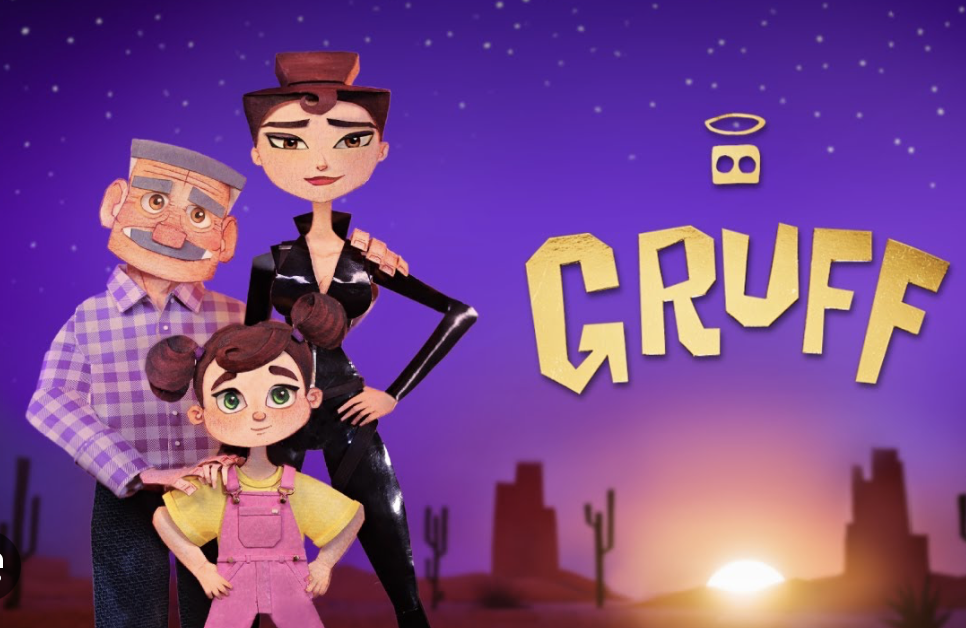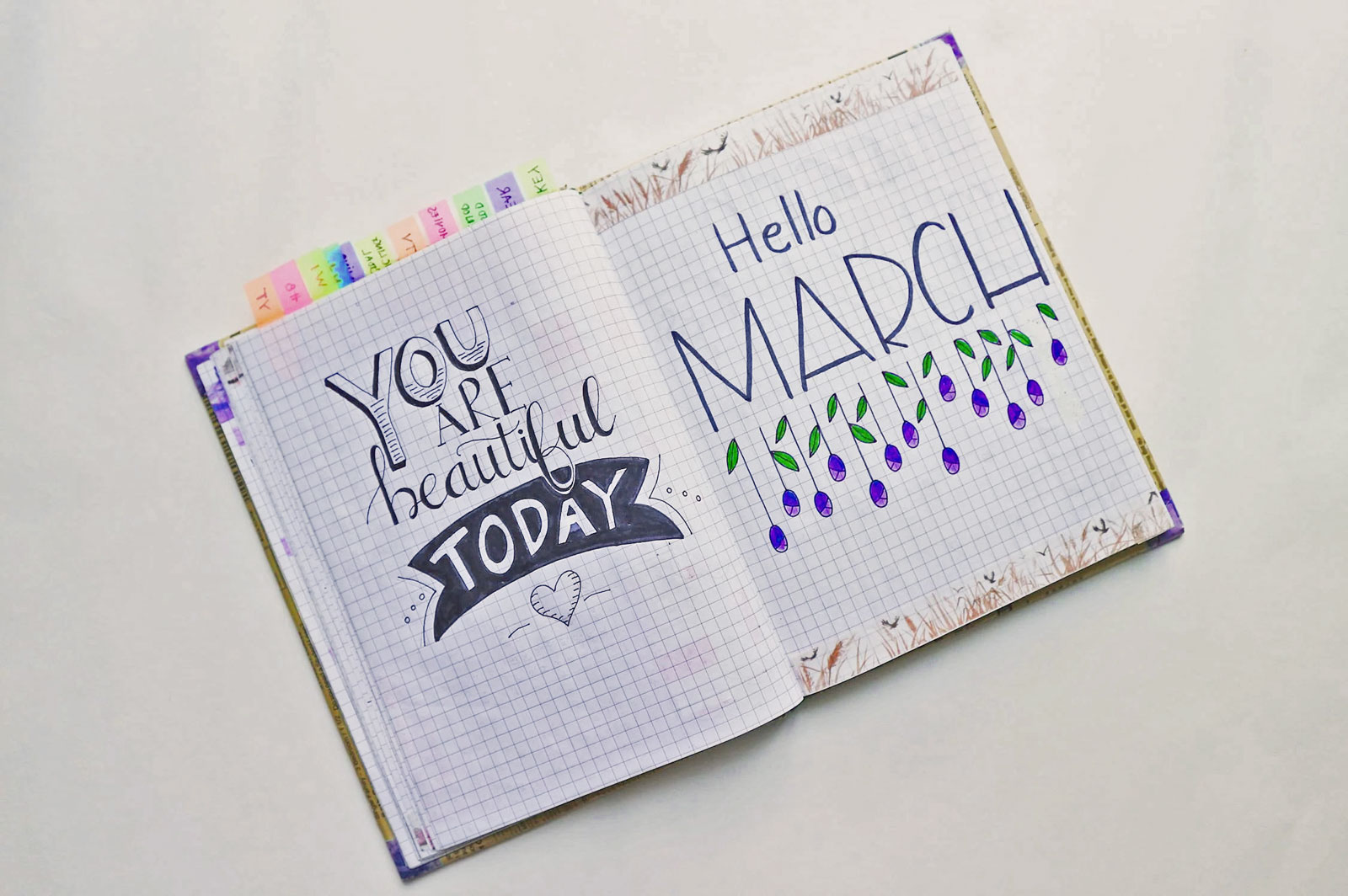Il film, realizzato a mano su carta, è uno di quegli spettacoli in cui l’artigianalità…

Don’t get stuck waiting for perfect conditions
The biggest mistakes I made as a web designer.
As ideas from design thinking and user-centered design become more commonplace, it can be challenging to navigate between what sounds right and what actually works. In other words, be honest with yourself and make good design which really works, really! On top of that, every designer faces different challenges in communication, process, and decision making. This sounds very critical both initial career, senior as well.
Here are some of the biggest mistakes that I made as a web designer, and the lessons I’ve learned from them along twenty years old way:
Mistake 1: Validation = Asking people what they want
Perhaps the lean startup approach of “build-measure-learn” is a model you may have heard of before. Good design relies on a foundation of research right? So why can’t we just ask customers what they want directly?
Wish maker, or web designer?
Your process should involve continually clarifying who your potential customer really is…
The nuance of this is distinguishing what people say in a controlled environment vs. behavior. Predicting future behavior and even defining current problems can be difficult for customers. Maybe certain issues have become so prevalent that they are unsaid. Or, you’ve stopped asking probing questions and have started to sell your ideas rather than listening for unmet needs.
Your process should involve continually clarifying who your potential customer is rather than looking to jump for a solution. Focus on meeting the desired outcome rather than optimizing the product or feature at a point in time.
Takeaway: Remember to look toward behavior and underlying needs rather than what people say they want.
Mistake 2: Prioritizing polished deliverables
Let’s say you’ve started a new project. To help the team clarify what they need to do, you develop a set of storyboards, wireframes, and mockups complete with style guides. Technically your job is done, right?
Designers tend to focus on deliverables, often showing the ideal experience —and we take pride in the craft and quality of what we produce. However, when your focus is just your team’s design deliverables,—whether its implementation bugs, miscommunication, scope changes or latency—the end result may look and feel radically different than your expectations. This produces such of frustrations as everything needs time to raise perfection: as designers, we strongly look for perfection and suddenly we lost control or consciousness.
“Rome wasn’t built in a day”.
When your focus is just your team’s design deliverables, the end result may look and feel radically different than your expectations.
Think of the game ‘Telephone’, where every team is a player communicating a slightly different version of the story to the next player. Now, compound that by the size and complexity of your organizational structure, as well as the gap between yourself and the customer. Always try to narrow that gap.
When thinking about good design, the question is not about “Who should be improving user experience?” but rather “How can we improve user experience at every step of the customer workflow?”, even if only a few team members have the title of “designer” in their job description.
Takeaway: Your deliverables are not the same as the end experience but it’s easy to mistake them as the same thing. Communication and execution matters.


